WILI - Water in the Landscape Initiative
The ISSUE
The slopes of the Upper Namoi Valley are a significant water catchment for the Murray Darling system. Changing rainfall, temperatures, agriculture, industry, population and livelihoods, and major policy changes to environmental, water, and agricultural governance, will all affect our region. We will need better planning and community strategies to cope.
Our focus is on resilience to adapt to challenges, including water availability, climate change and environmental pressures. This will require sustainable water management, landscape rehydration, and community engagement, to ensure a sustainable future for the Upper Namoi Valley.
Our APPROACH
After extensive consultations, Tamworth Regional Landcare Association, Tamworth Regional Council, the University of New England, community organisations, and landholders have formed an alliance to improve water and landscape management across our region. This is the Upper Namoi Valley Water in the Landscape Initiative (WILI). We aim to enhance the economic, social, cultural, and environmental sustainability of the Upper Namoi Valley through community engagement, collaborative projects, research, and education.
Our MISSION
Collaboration, education, research and advocacy will ensure an informed and inclusive community able to address the water management challenges in the Upper Namoi Valley.
We recognise the diverse landscapes – urban or agricultural, public or private, recreational or industrial – and their communities as assets when building resilience.
Our VISION
An Upper Namoi community that proactively manages its path towards a water-secure and resilient future.
Our KEY FOCUS AREAS
- Agriculture, all forms including industrial
- Urban water, including waste water management for domestic and industrial use
- Natural resources and biodiversity
- Cultural Heritage, Indigenous Knowledge
- Climate variably and adaption
- Research and innovation
- Public Policy
Our STRATEGIC PILLARS
COMMUNITY ENGAGEMENT
Support collaborative networks to facilitate innovation through education and advocacy on local and regional issues and initiatives. Create opportunities for the community to participate in shaping the future of water management in the region.
EDUCATION
Education activities, co-designed projects, hands on opportunities and accessible courses to build knowledge and skills to address water security, sustainable water and landscape management and climate variability in the region.
ADVOCACY
Advocate for the interests of communities, and for regional water and landscape initiatives, to address issues of concern related to water and landscape resilience, security, and equity in the Upper Namoi Valley and beyond
RESEARCH
Cutting-edge research to guide a proactive and informed approach to managing water and landscape resources, to ensure long-term water security and resilience. Research priorities will ensure access to regionally relevant water and landscape knowledge to address climate variability, water security, resilience and the water resources in the region.
GOVERNANCE
Enable the better management of water through collaboration, education and action regarding future environmental and water policies within the catchment areas and their communities
Our challenge
Water does not recognise fences, only landscape management does. These photos, reflecting reality and consequence at the end of the 2015-19 drought in the high Upper Namoi catchment, intend no criticism. They look at a possible future and pose a question for us all – how can each one of us manage ourselves, our communities and our landscapes, wherever they may be in the Upper Namoi, to create a resilient water future for us all.
Our SUCCESS WILL BE MEASURED BY
- Community engagement, knowledge-building, and capacity building: a cooperative learning community where knowledge and experiences are shared, local ideas and solutions are supported and regional capacity building strategies are jointly developed and resourced to tackle Upper Namoi Valley water and landscape challenges, as a part of the Murray-Darling Basin.
- Education: educational materials, workshops, field trips, professional development, short courses, micro credentials, and regional school programs that support collaborative planning and community strategies to promote climate resilience and the Upper Namoi Valley's sustainable future.
- Water and Environmental Policy Engagement: supporting stakeholders to understand and adapt to the rules and administrative arrangements that affect their use and management of water and natural resources.
- Research Projects: securing grants and other funding for a collaborative research agenda, to pursue research projects co-designed with community and industry to seek solutions for regional challenges.
- Cultural Heritage: fostering a collaborative and inclusive community that values the fundamental importance of First Nations' relationship with Country in understanding and finding solutions for water and landscape challenges.
Our PARTNERS
By December 2023, we have 24 registered participants in the WILI, and others have indicated an intention to do so. These registered participants include the University of New England, two Local Government Associations, nine agricultural stewardship organisations (e.g. local Landcare groups), eight individual primary producers, and six specialised product or service providers.
You can register as a WILI member below.

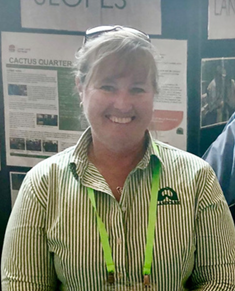
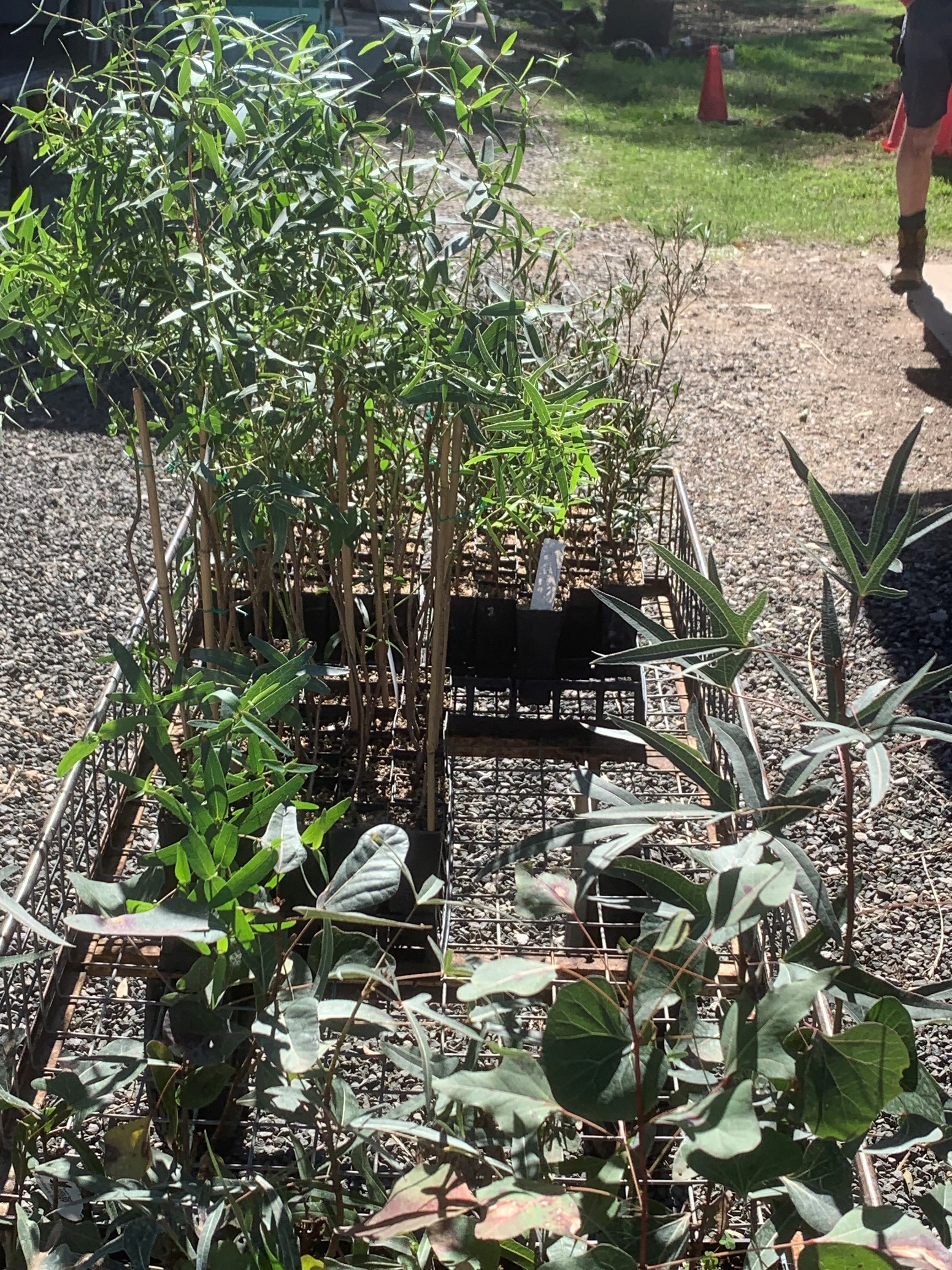
.jpg)

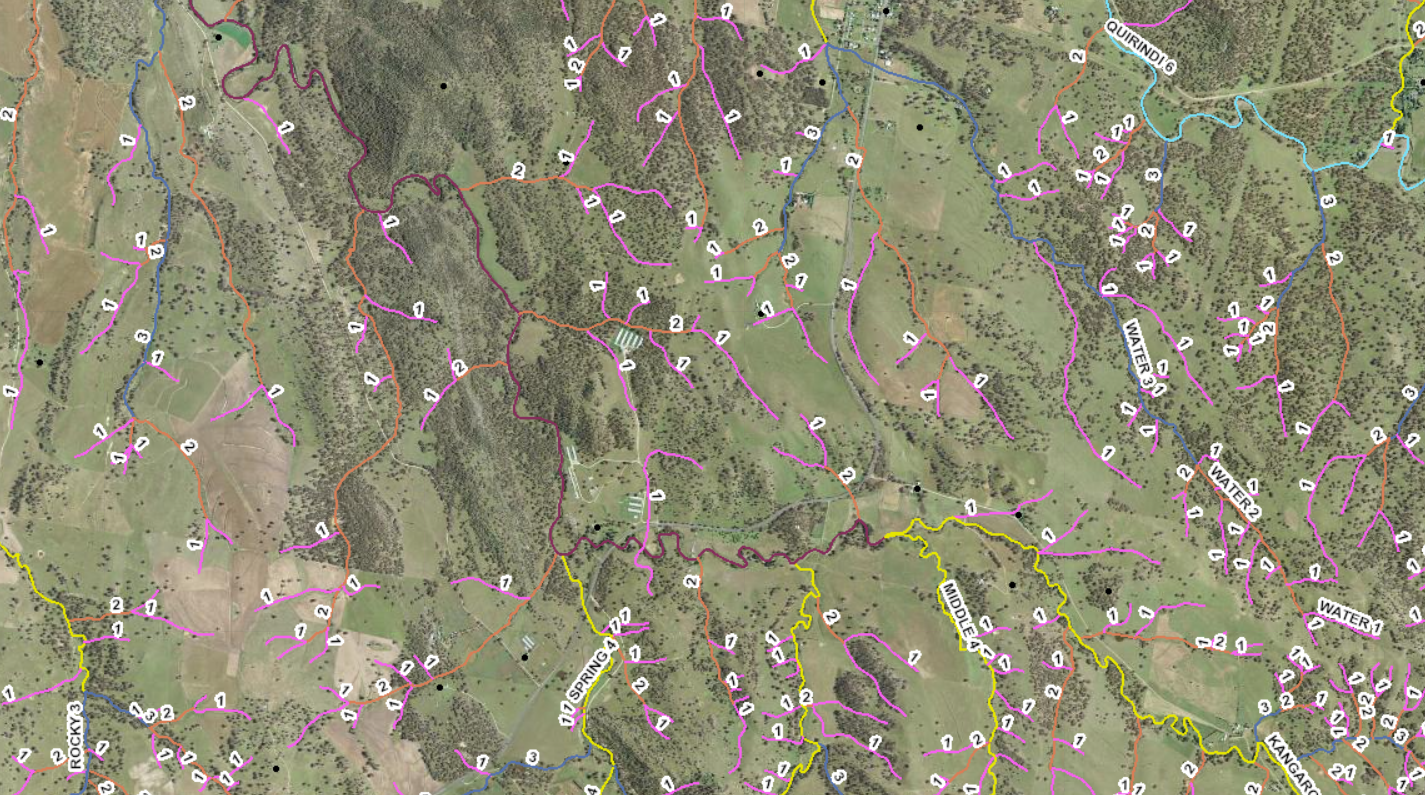
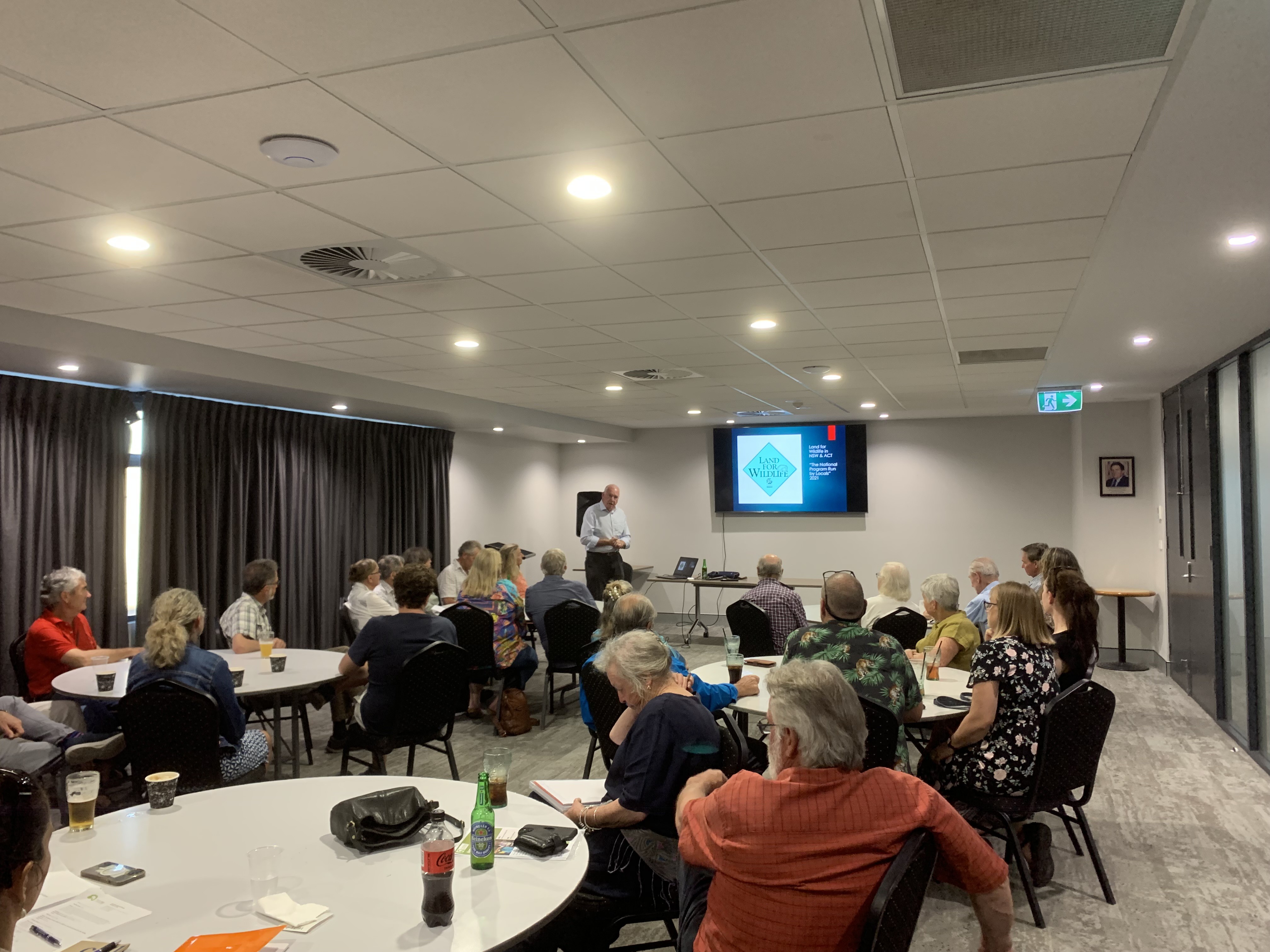
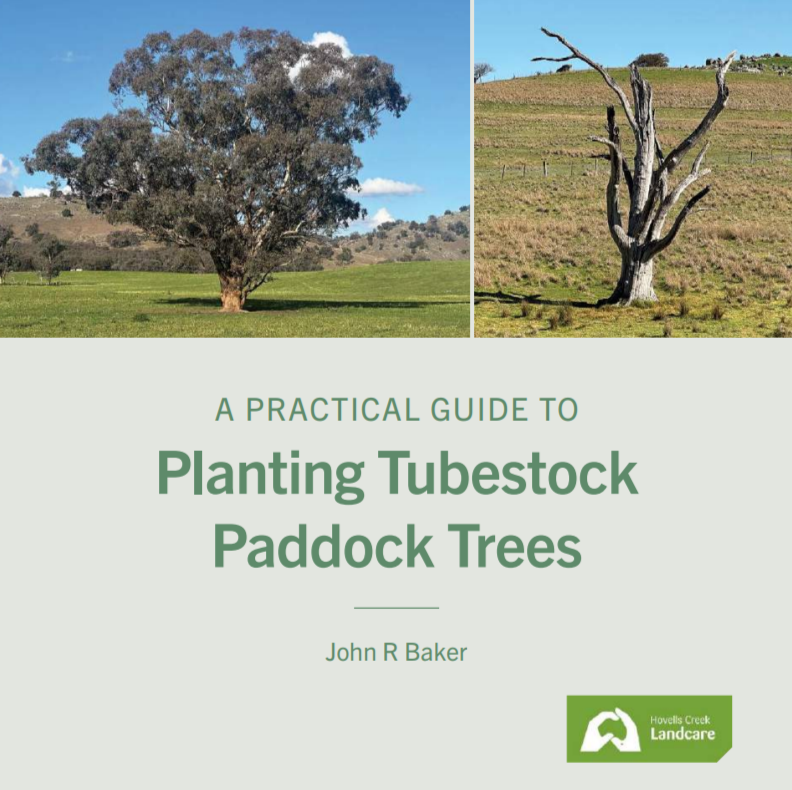
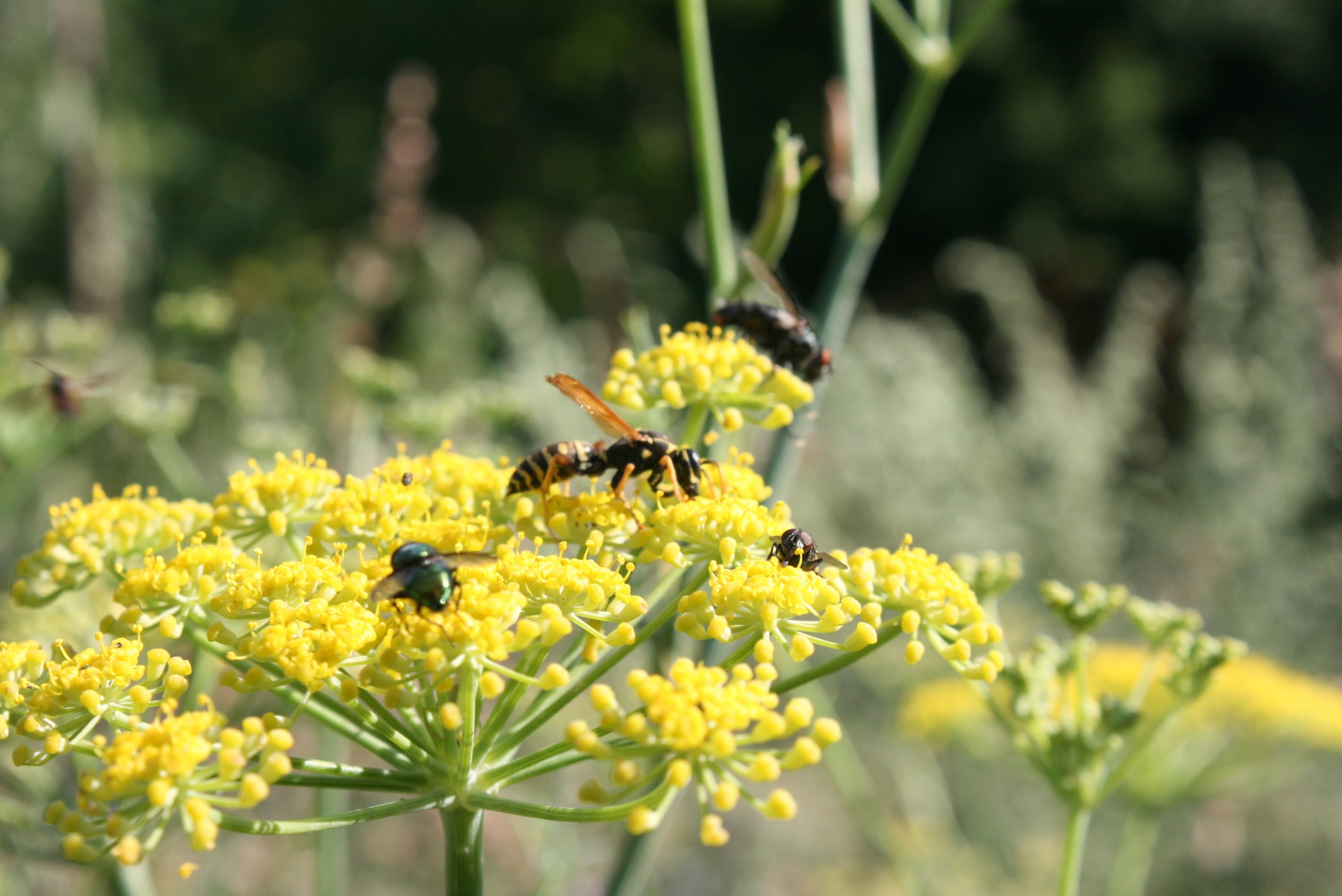
.png)
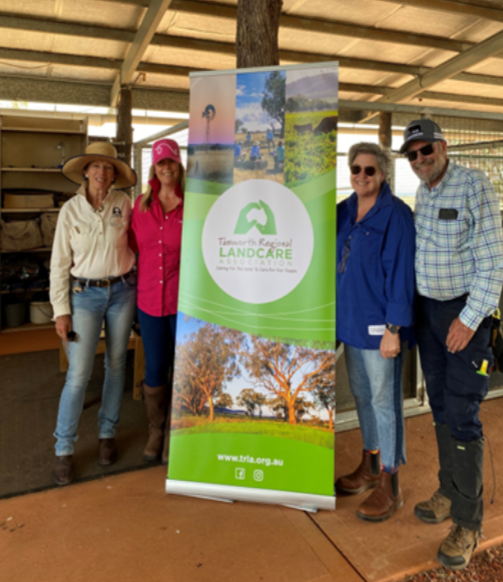
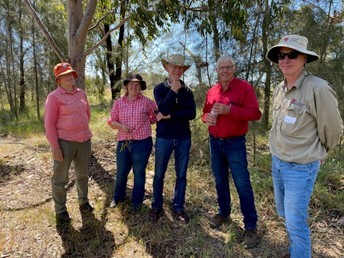
.jpg)
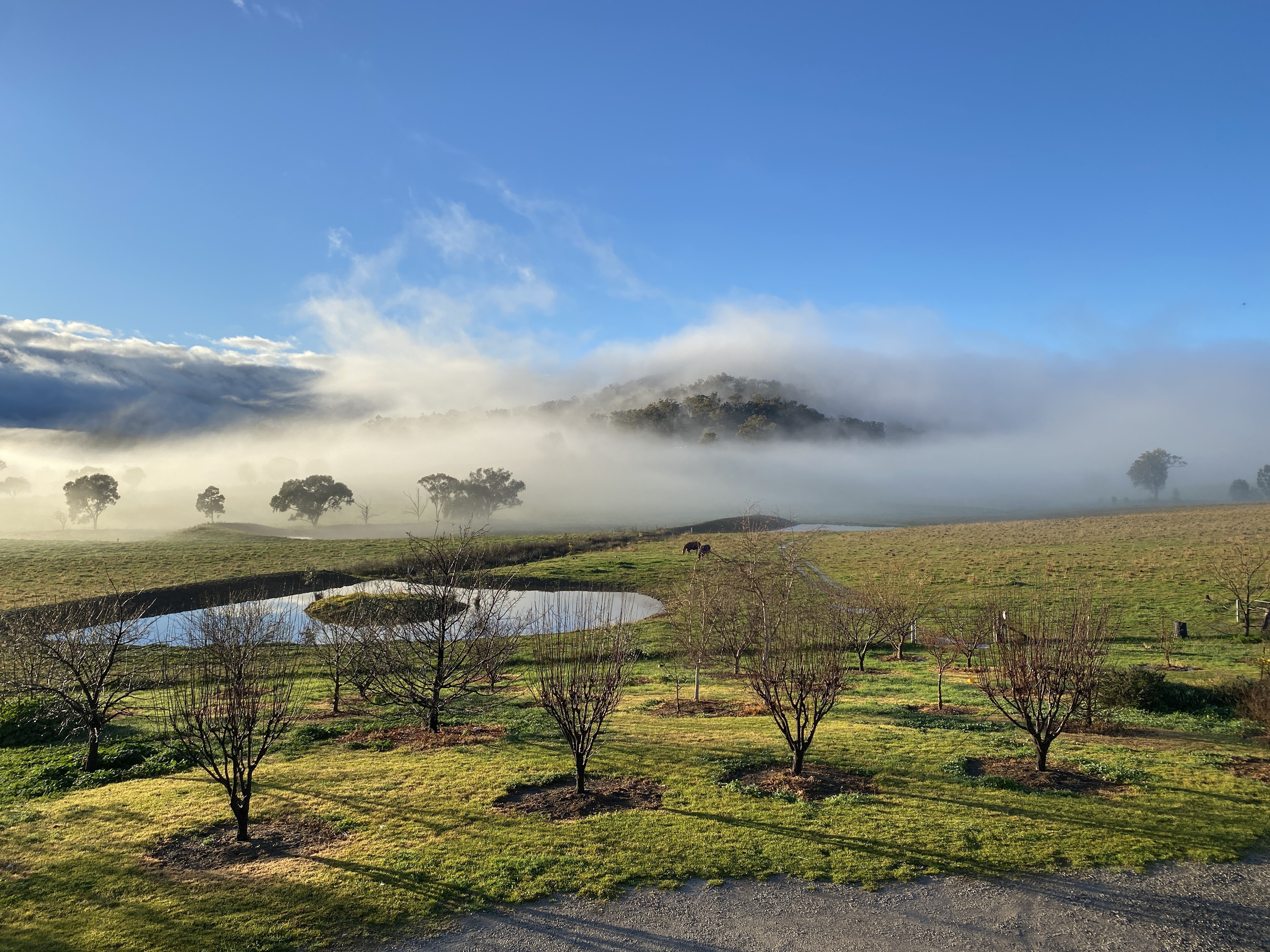

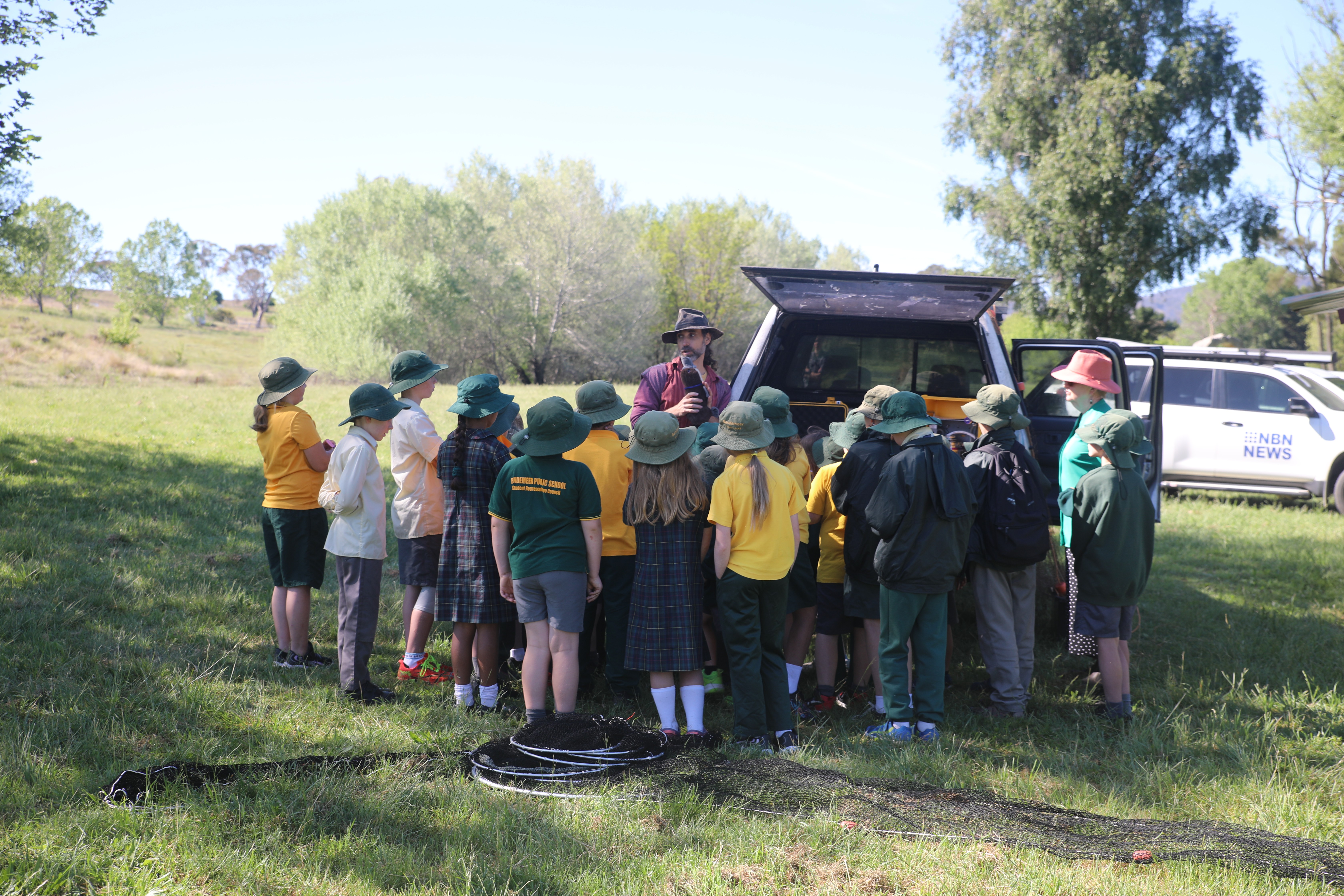
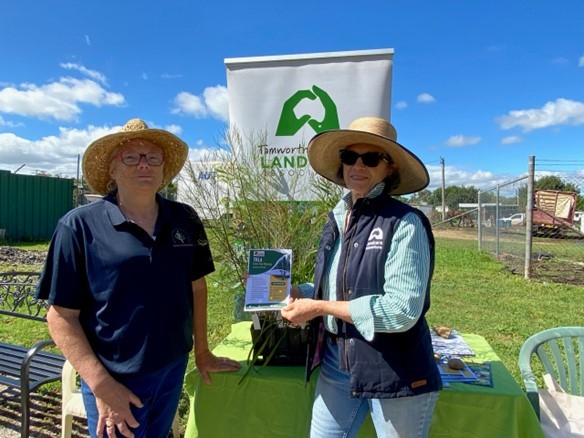
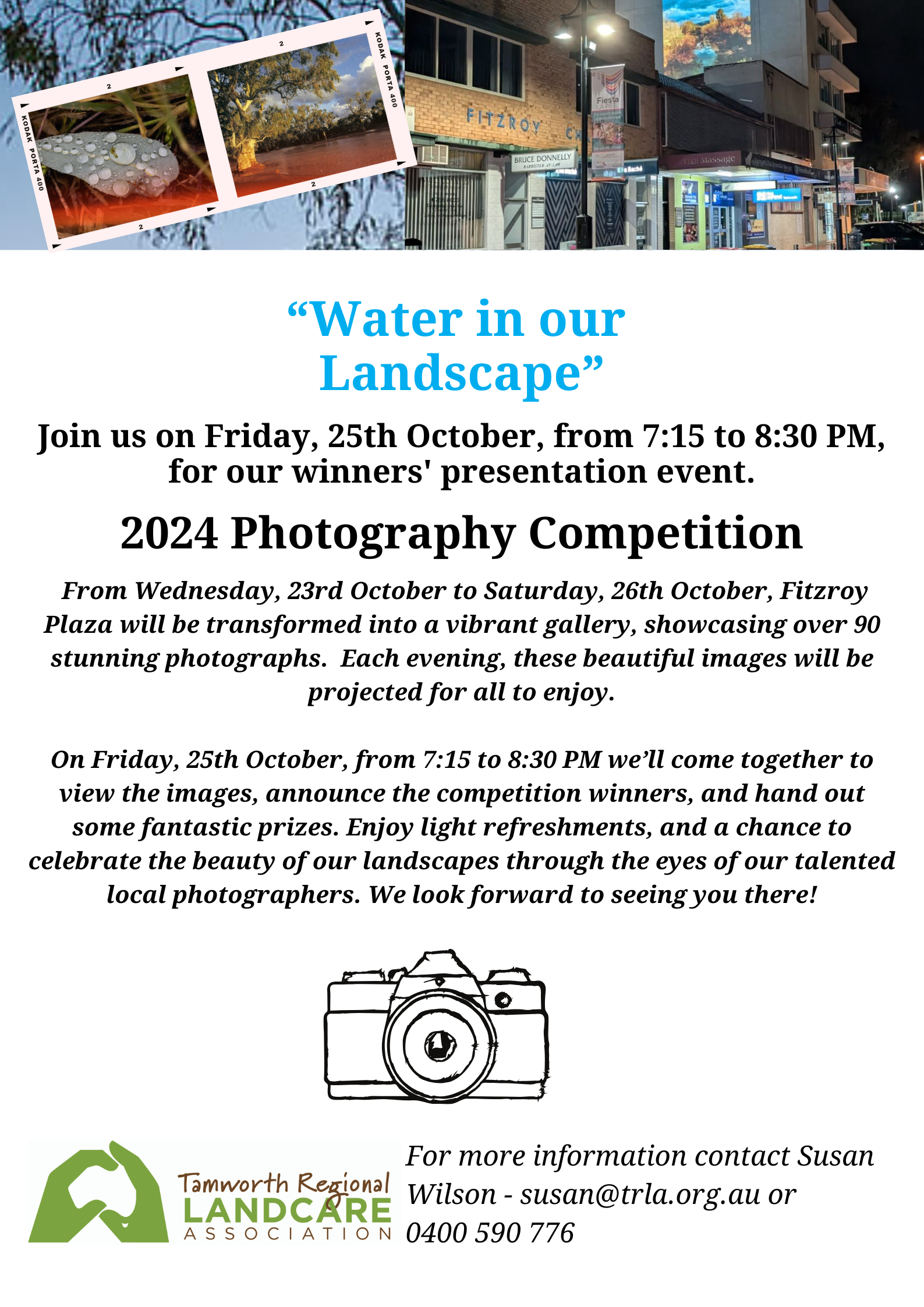
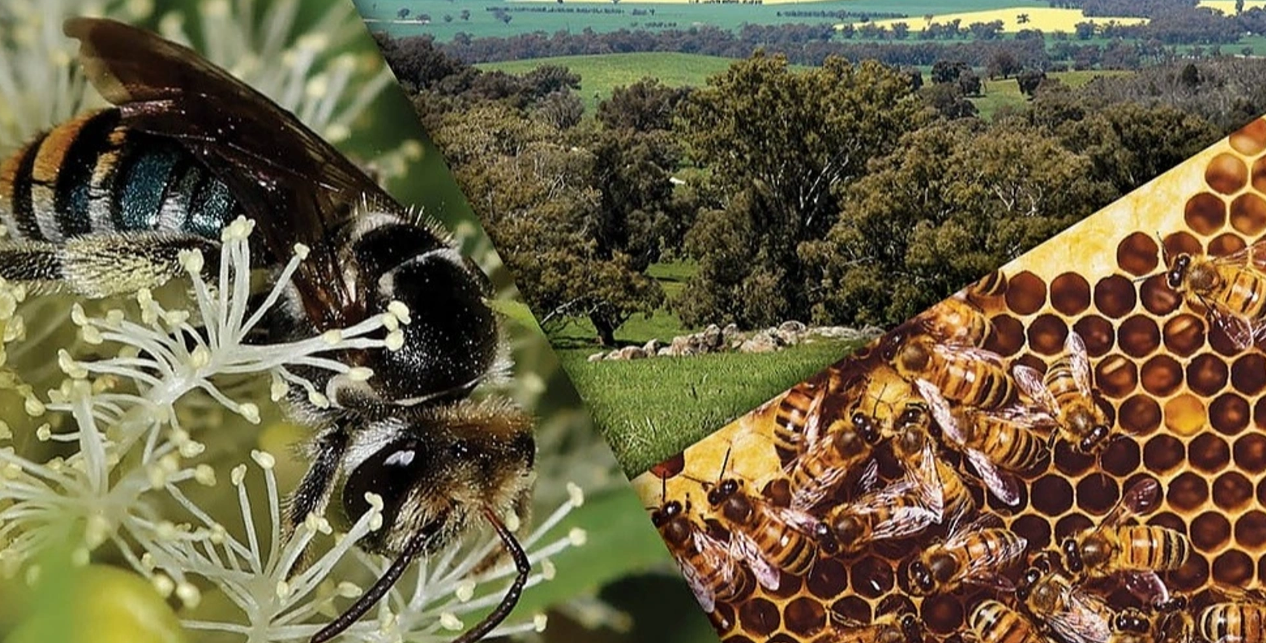
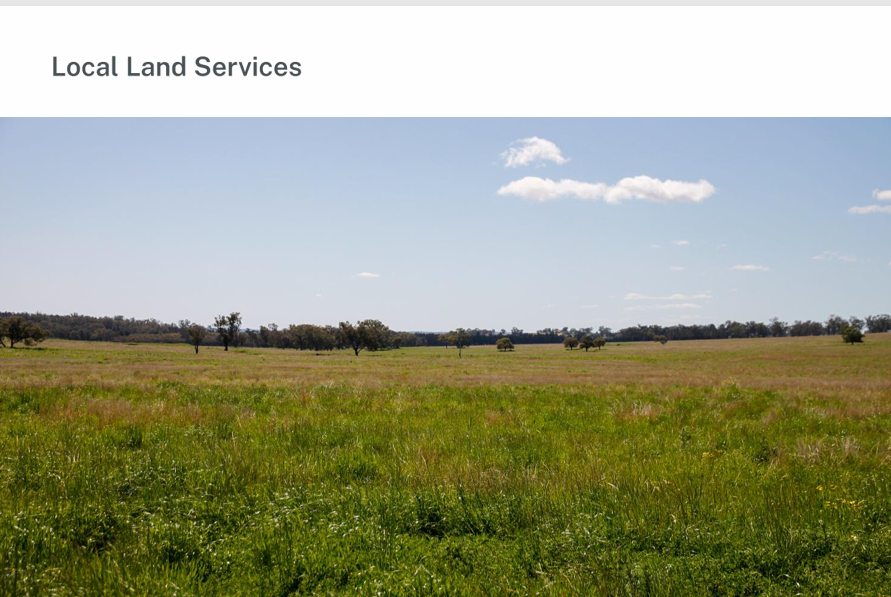
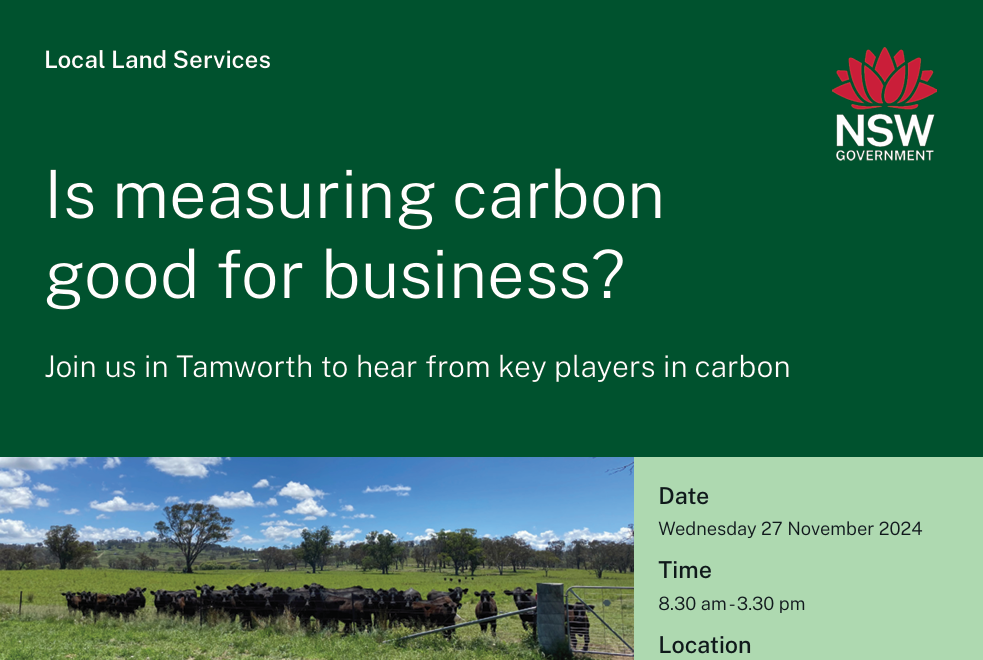
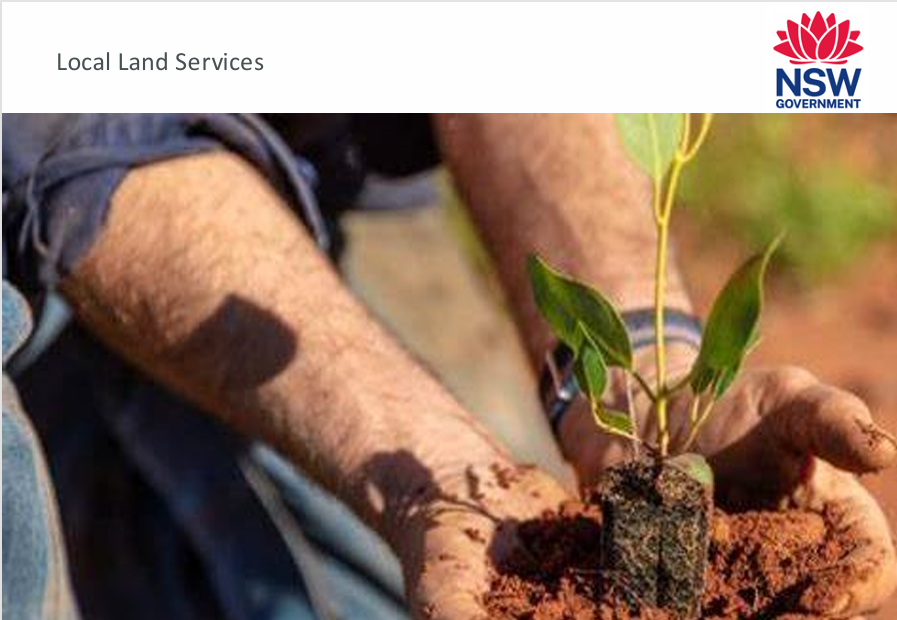
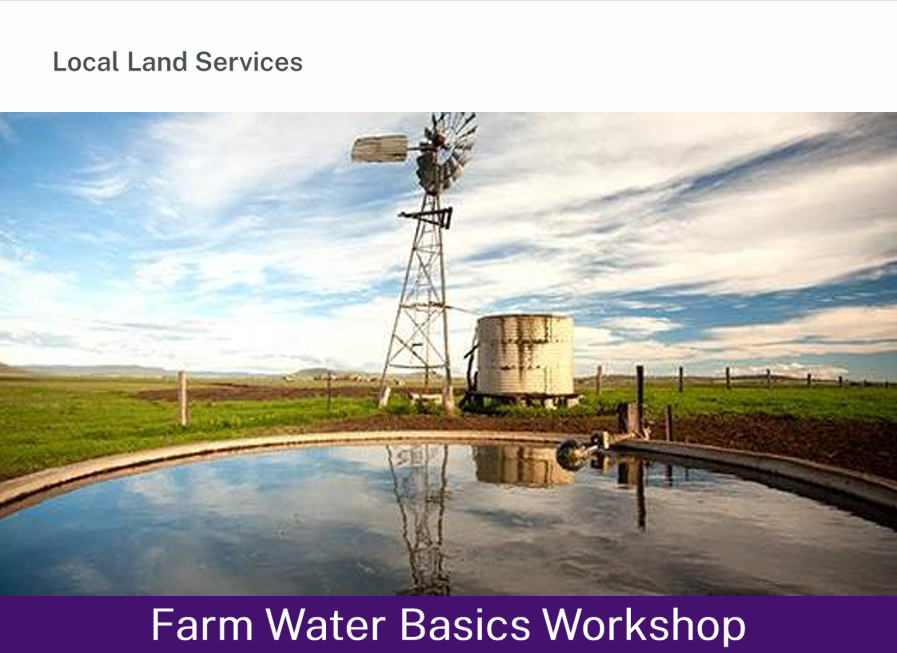
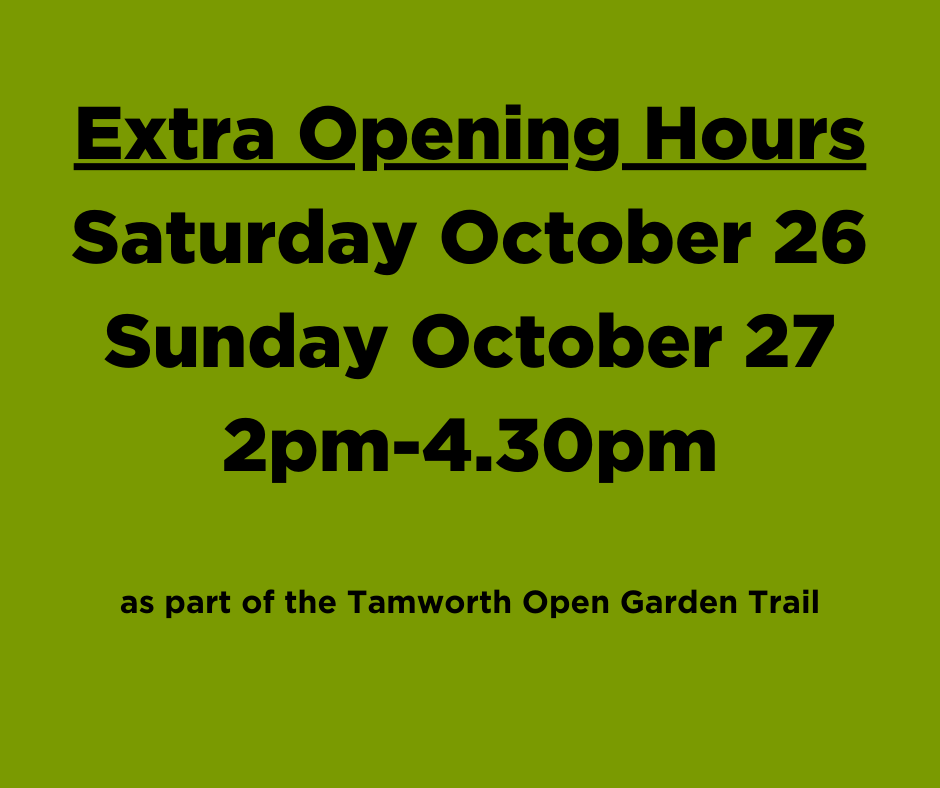
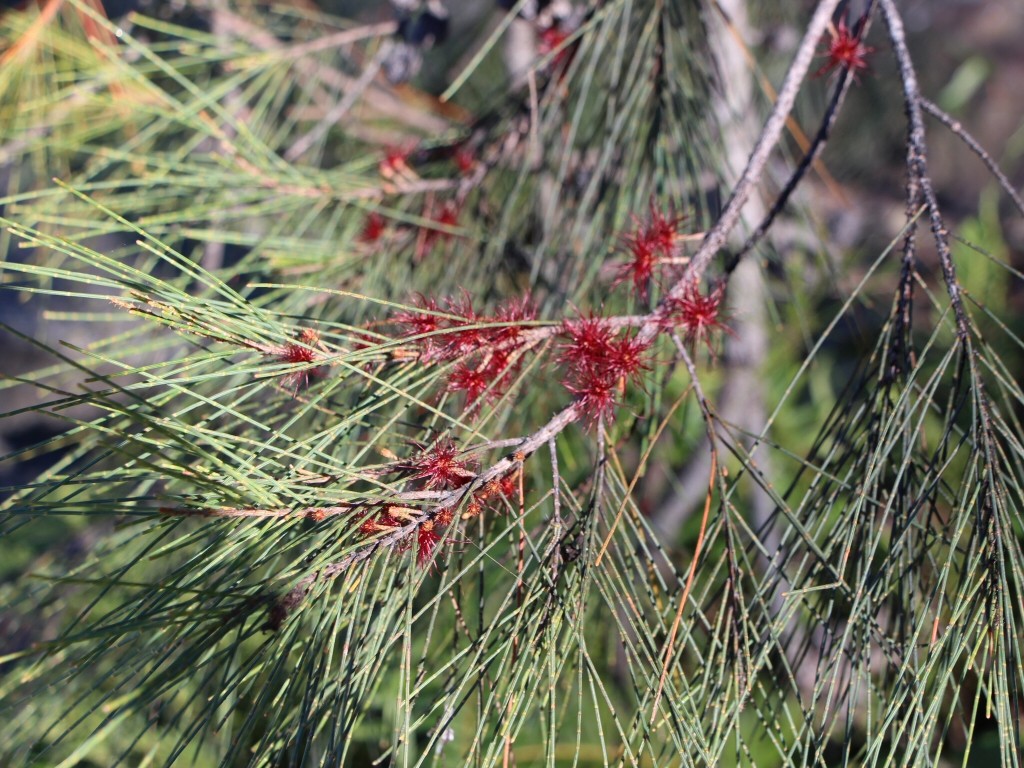

.png)
